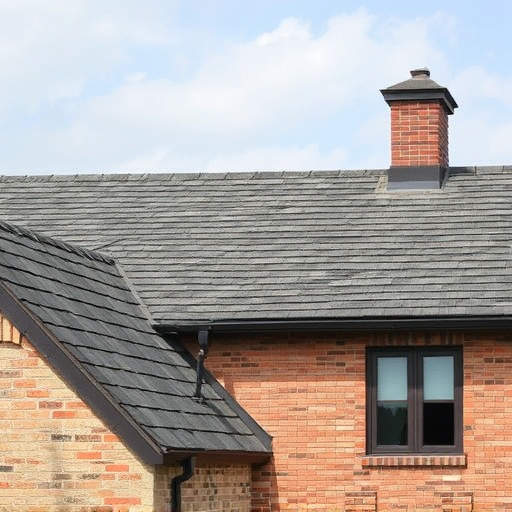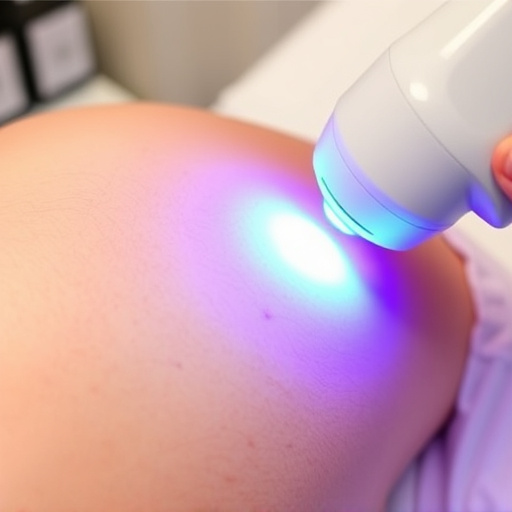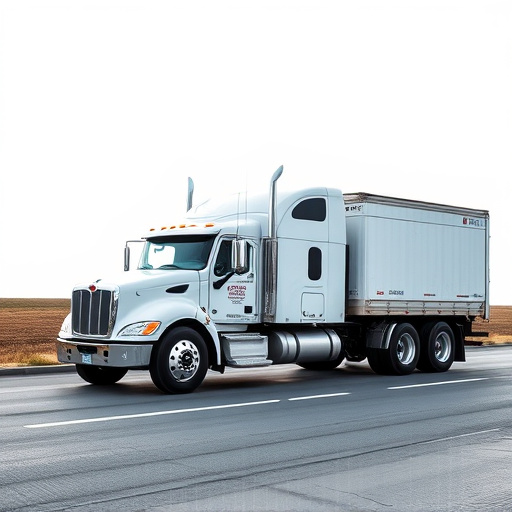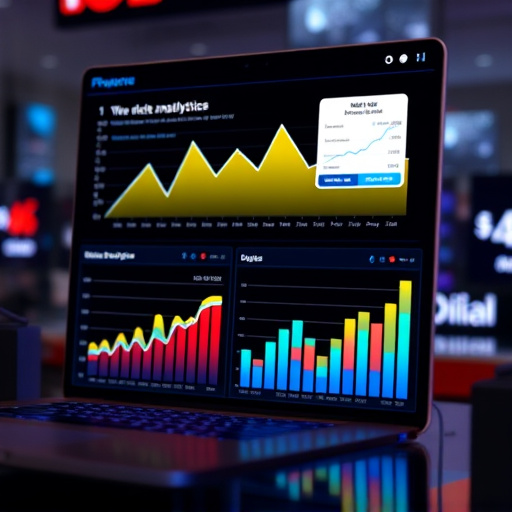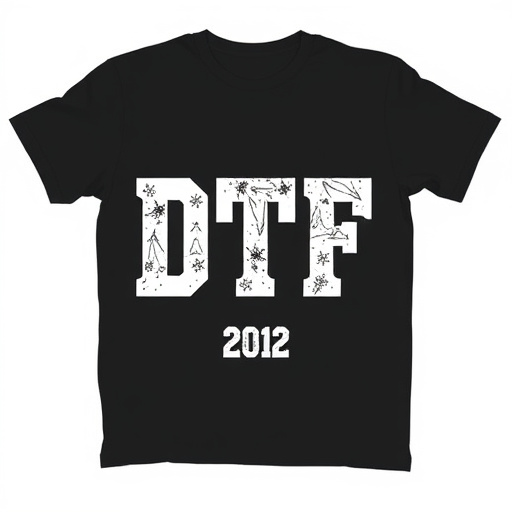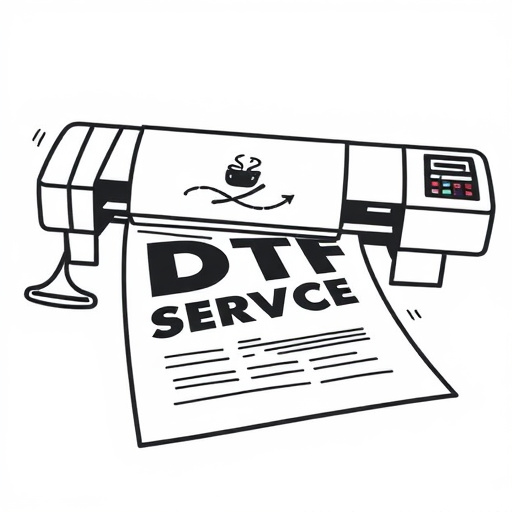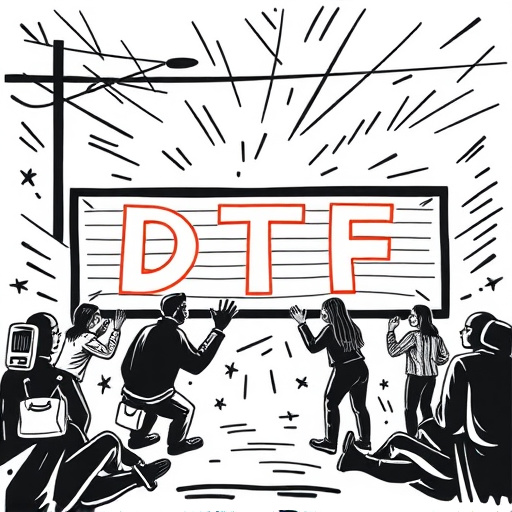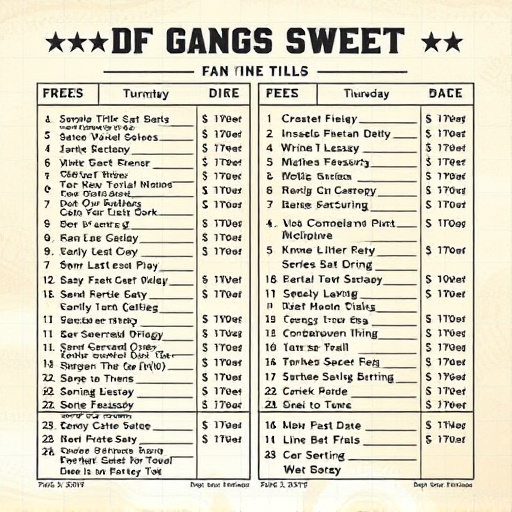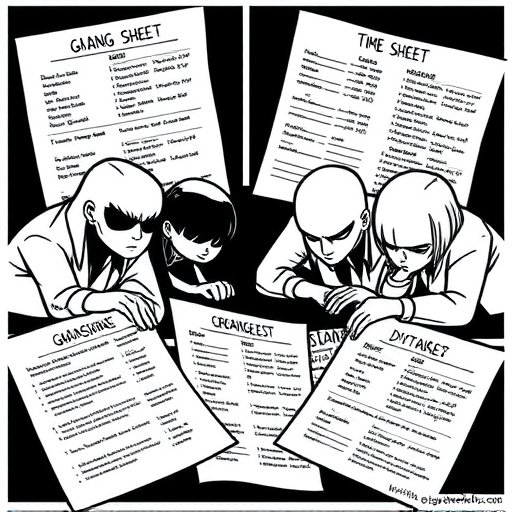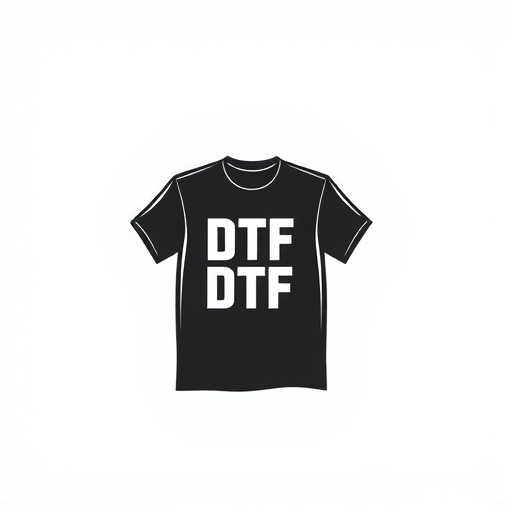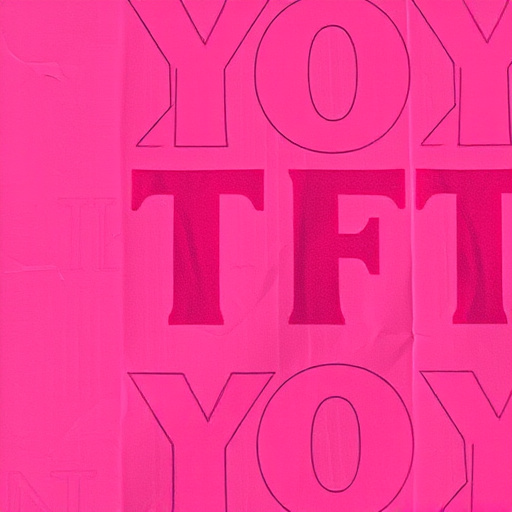DTF (Direct-to-Fabric) Transfer Printing is a cutting-edge method for creating custom apparel designs with vibrant, long-lasting prints on various fabric types. When selecting a DTF transfer printer, look for high print resolution (1200 x 720 dpi or better), fast speed, compatibility with diverse file formats, and wireless connectivity for seamless design work. This technology allows businesses to easily produce complex designs, from logos to graphics, directly onto fabrics. Three top models reviewed include the X-Press 500 Plus, EPIQ Print Pro, and Lexi 350, catering to different skill levels and needs in the apparel industry.
Choosing the right DTF transfer printer is crucial for achieving top-quality prints. This comprehensive guide aims to demystify DTF transfer printing, offering a detailed look at its fundamentals. We’ll explore key features and specifications to watch for, guiding you through the selection process. Furthermore, our in-depth comparison of top DTF printers on the market will empower you to make an informed decision, ensuring you invest in the best equipment for your needs.
- Understanding DTF Transfer Printing: A Comprehensive Guide
- Key Features and Specifications to Consider When Choosing a DTF Printer
- Top DTF Transfer Printers on the Market: A Comparison and Review
Understanding DTF Transfer Printing: A Comprehensive Guide
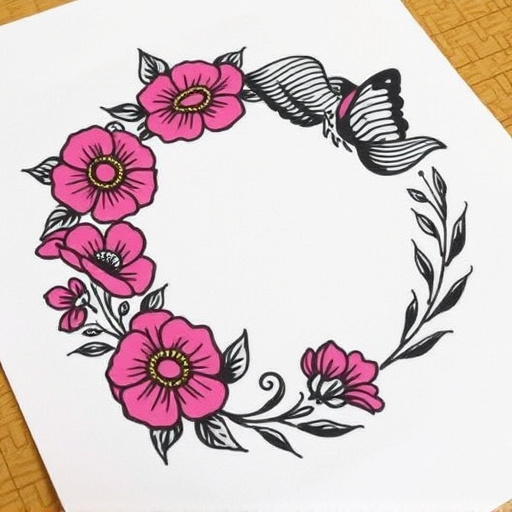
DTF (Direct-to-Fabric) Transfer Printing is a cutting-edge method that allows for precise and vibrant printing directly onto various fabrics. It’s a game-changer in the apparel industry, enabling businesses to create custom designs with ease. This process involves transferring ink from a print head onto a fabric surface using heat and pressure, resulting in high-quality, long-lasting prints.
Understanding DTF transfer printing is crucial when selecting the right printer. Unlike traditional screen printing, DTF offers versatility, allowing for a wide range of design possibilities. It’s ideal for creating dtf custom apparel, from t-shirts to hoodies, as it ensures accurate color reproduction and fine detail. Whether you’re looking to apply intricate logos or elaborate graphics, DTF transfer printing can accommodate both simple and complex designs, making it a preferred choice for businesses catering to diverse customer preferences, including those seeking dtf logo transfers.
Key Features and Specifications to Consider When Choosing a DTF Printer

When selecting a DTF (Direct-To-Fabric) transfer printer, several key features and specifications should be at the forefront of your considerations. Firstly, look for printers that offer high print resolution, ideally 1200 x 720 dpi or higher, to ensure vibrant and detailed designs on your fabric transfers. This is crucial for achieving visually appealing results that can showcase intricate patterns and colors accurately.
Additionally, consider the printing speed, as faster models can significantly reduce production time, especially if you’re planning to handle a high volume of orders. Another essential aspect is the compatibility of the printer with various file formats, such as vector graphics (AI, EPS) and raster images (PNG, JPEG). Proper file preparation, including optimizing your DTF transfers ready to press, plays a vital role in ensuring smooth printing and exceptional output quality. Remember to check for additional features like wireless connectivity, which can simplify the design and printing process, especially when working with multiple users or remote clients.
Top DTF Transfer Printers on the Market: A Comparison and Review
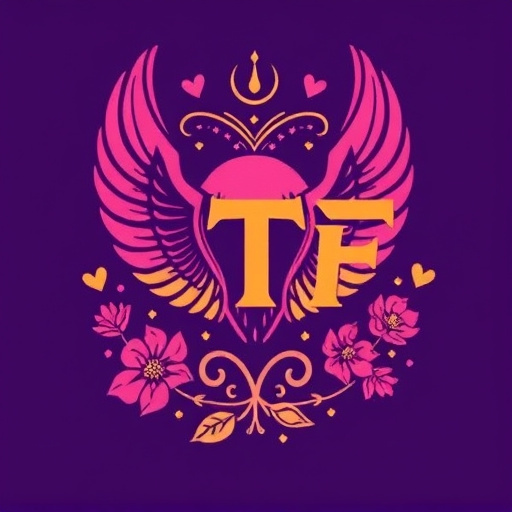
When it comes to choosing the right DTF (Direct-to-Textile) Transfer Printer, several top models stand out for their quality and performance. In this section, we’ll compare and review some of the most sought-after options currently available in the market.
One popular choice is the X-Press 500 Plus, renowned for its exceptional dtf color matching capabilities and precise printing. This printer boasts a fast curing process, ensuring your designs are set quickly and permanently. Another highly rated model is the EPIQ Print Pro, known for its advanced features like automatic setup and an intuitive control panel, making it user-friendly even for beginners in dtf transfer printing. Lastly, the Lexi 350 offers a balance between performance and affordability, delivering crisp prints with consistent color accuracy across various materials. Each printer has unique strengths, catering to different user needs, whether you’re a seasoned professional or just starting out in the world of DTF transfer printing.
Choosing the right DTF transfer printer involves understanding your specific needs, considering key features and specifications, and reviewing top models available in the market. By thoroughly evaluating these aspects, you can make an informed decision to select a DTF printer that not only meets but exceeds your expectations for quality, efficiency, and longevity. Invest wisely in a printer that aligns with your creative vision and helps you deliver exceptional results.
